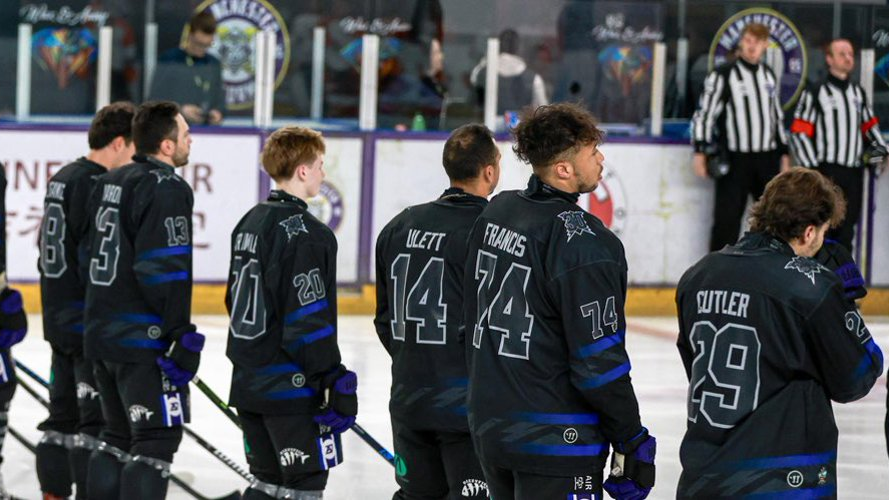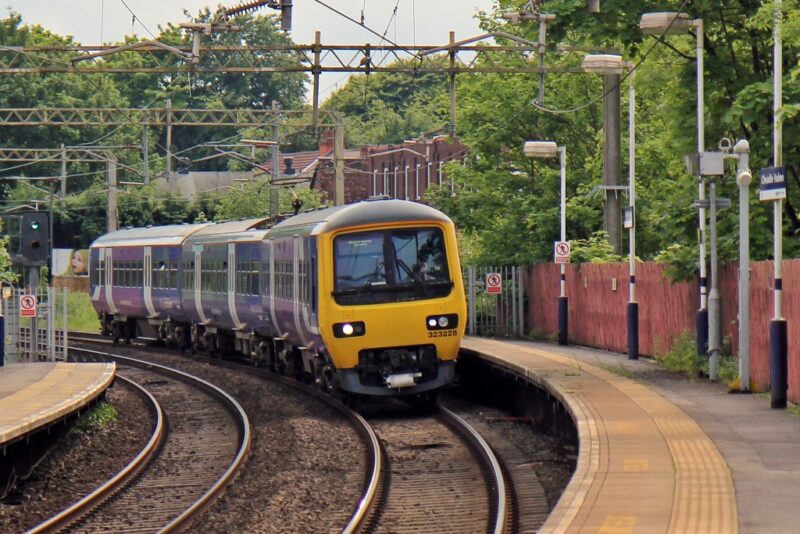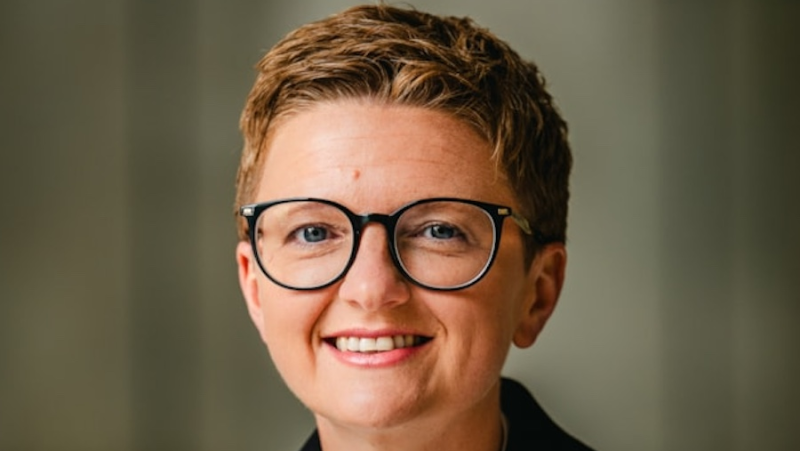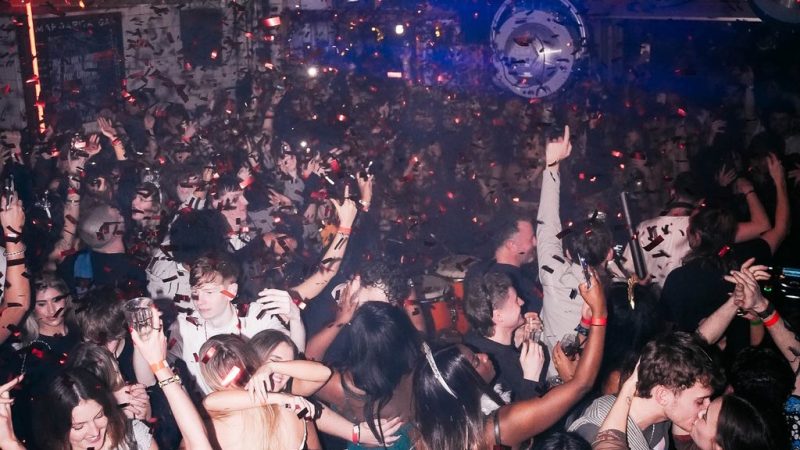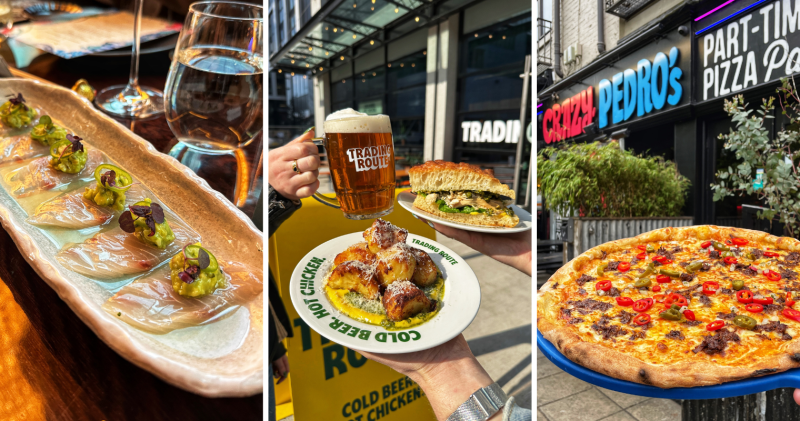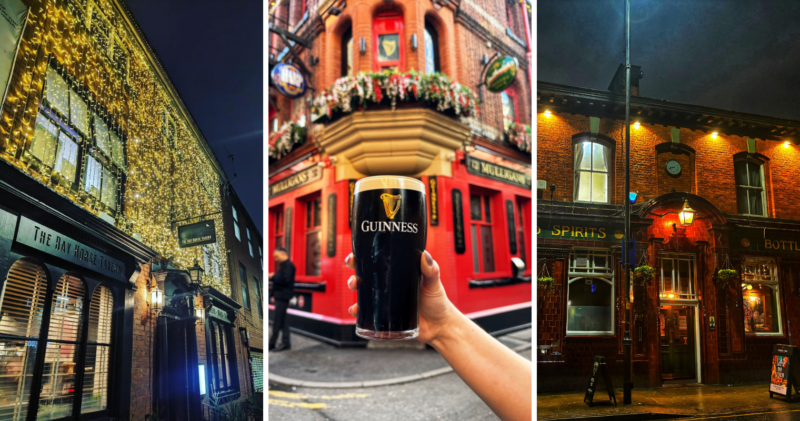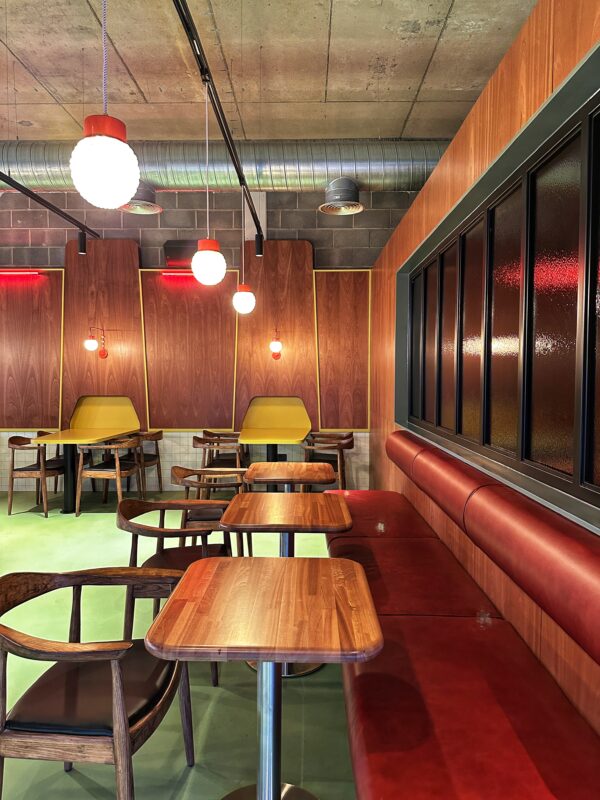News
New £1m AI prize announced in Budget – and this is why it’s named after Manchester
Did your hear that £900 million was allocated to funding groundbreaking new AI research during yesterday’s Budget announcement?
As Jeremy Hunt outlined his first Budget as Chancellor of the Exchequer, and the first Budget of 2023, to MPs in the House of Commons yesterday, he revealed that the UK will launch a so-called “AI sandbox”, which will aim to encourage groundbreaking research into artificial intelligence as part of the early stages of the UK government‘s new Quantum Strategy.
The new £2.5 billion 10-year quantum research and innovation programme is said to show the government’s ambition for the country to become a “science and technology superpower”.
This means that by 2033, with the help of the £900 million funding, the UK is expected to become one of only a handful of countries across the globe to he home to an exascale computer – which is significantly more powerful than a conventional computer, and allows quantum physics to store data and perform calculations that are both key to AI.
On top of this, the Chancellor also revealed in his Budget that millions of pounds in prize money will be up for grabs every year over the next decade – and that prize, just so happens, to be named after Manchester.
The annual £1 million prize is to be named ‘The Manchester Prize’.
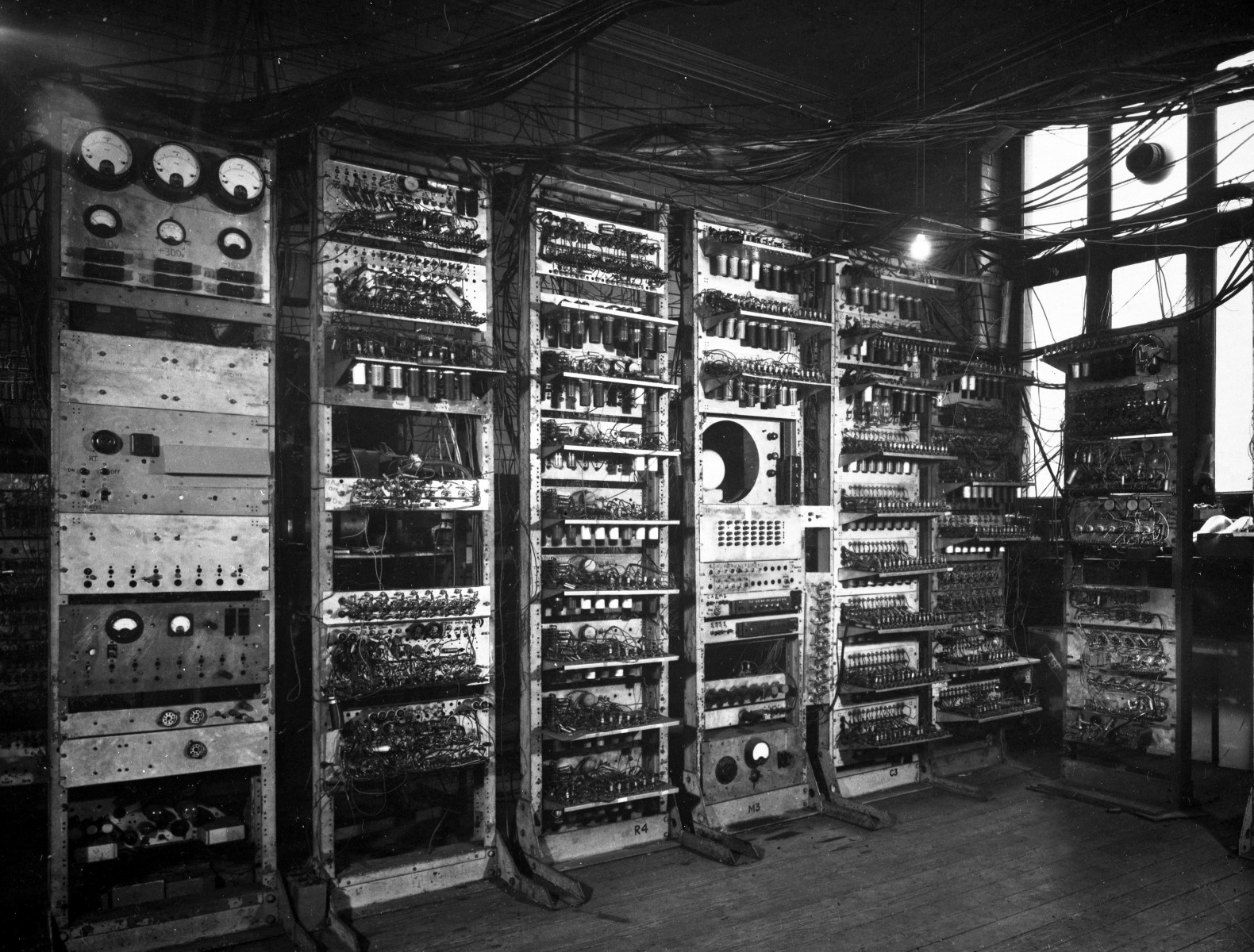
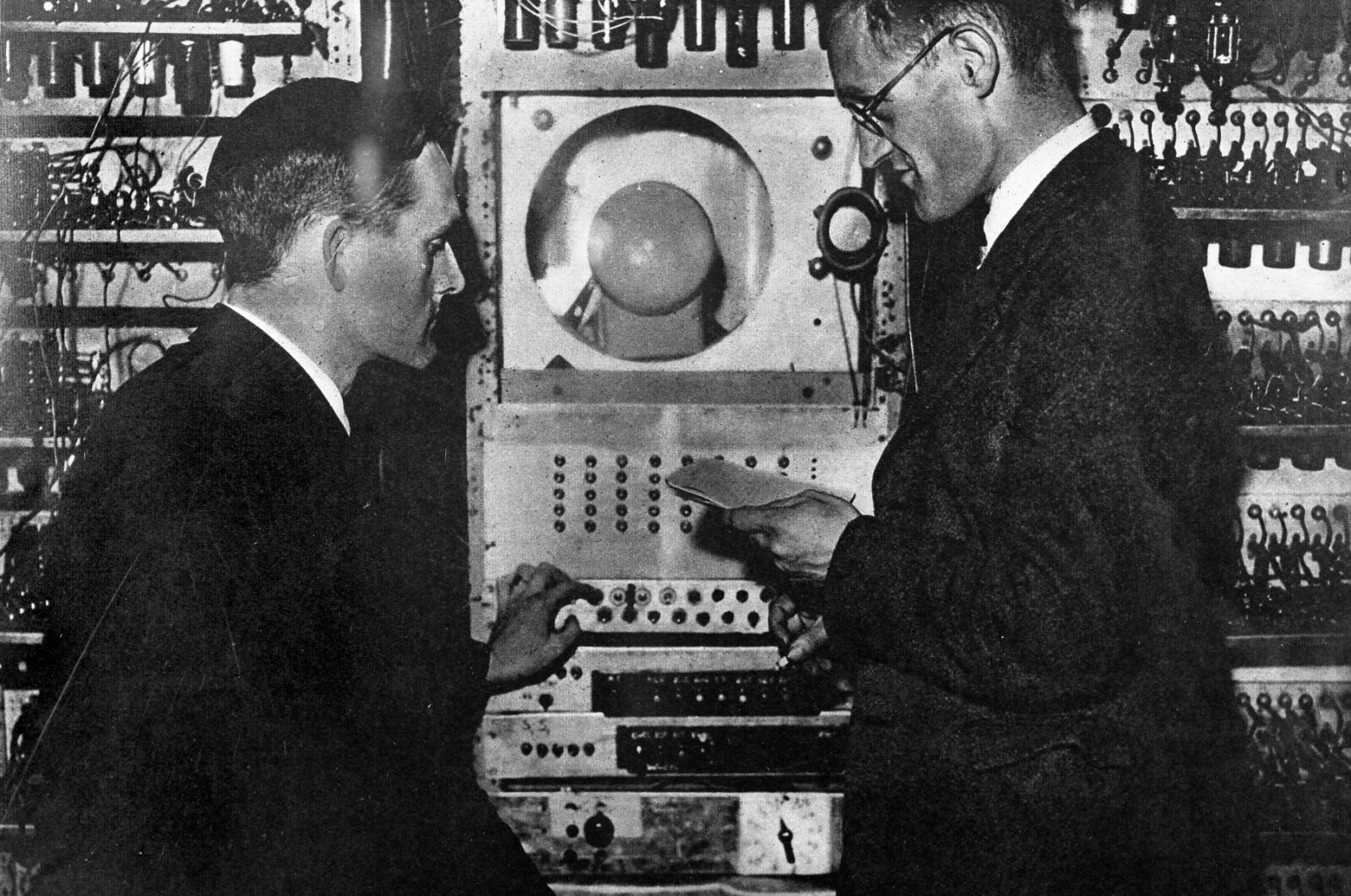
Obviously, us Mancs know that our city is a special one, and we’ve gifted the world so many important things over the years, but why exactly is a new AI research funding prize to be named in Manchester’s honour? Well, it’s all because Manchester has earned its place in computing history and continues to be a pioneer in computer science today.
In case you didn’t know, on 21 June 1948, the world’s-first stored program computer – named the Manchester Small-Scale Experimental Machine, and later nicknamed the ‘Manchester Baby’ – completed its first successful run at the University of Manchester (UoM), taking just 52 minutes and running through 3.5 million calculations before it got to the correct answer.
And it’s safe to say, this went on the change the world.
“75 years on, the Baby has grown up, so I will call this new national AI award the Manchester Prize in its honour,” Mr Hunt announced in his Budget speech yesterday.
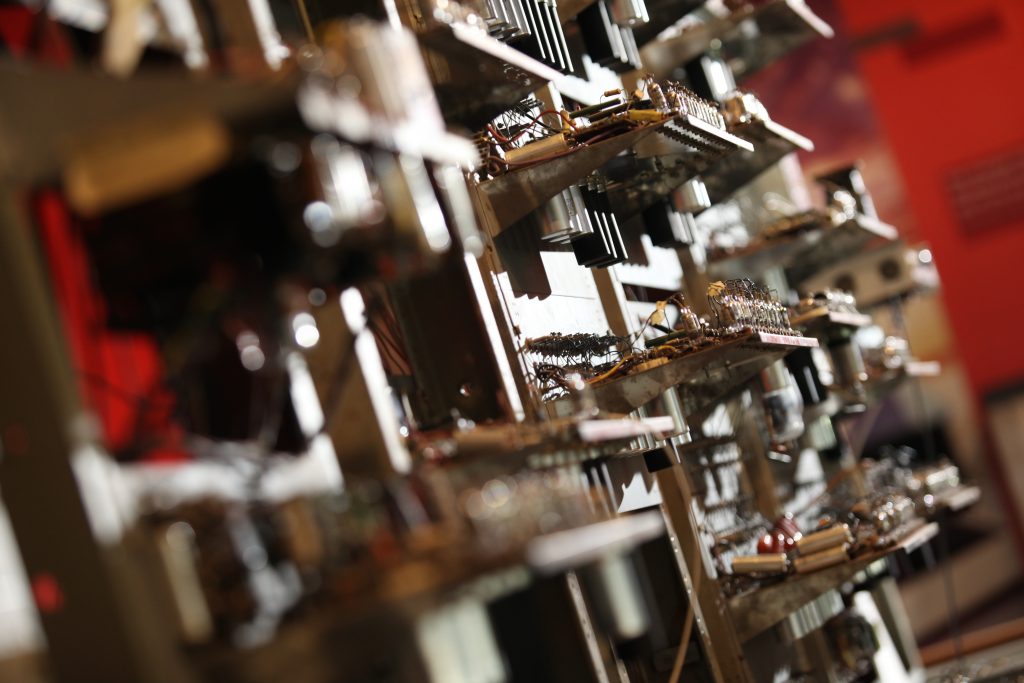
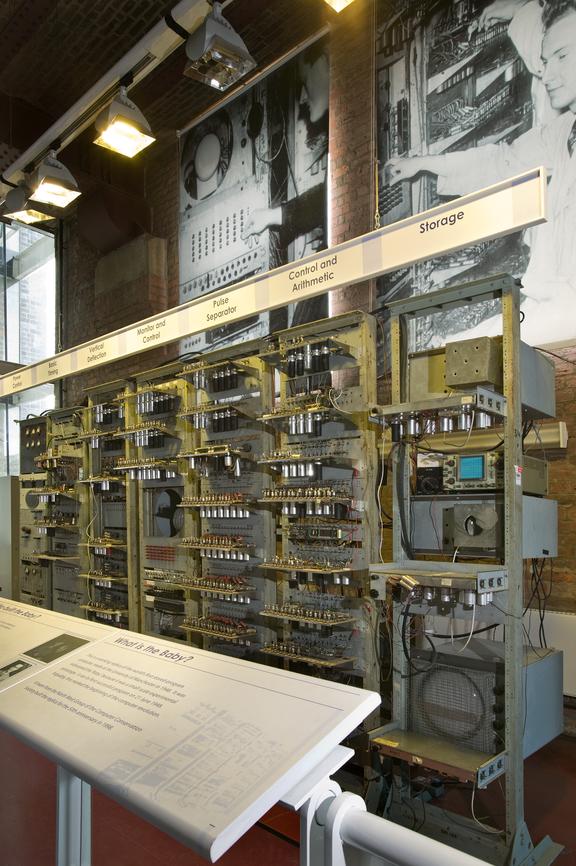
The original ‘Manchester Baby’ computer was built using technology developed for World War II radar and communications equipment, and sadly no longer exists – but the Science and Industry Museum in the heart of the city centre is home to a full-scale replica that was built in 1998 with the guidance of the original designers using 1940s vintage parts.
The replica was built to mark the 50th anniversary of the groundbreaking invention, and attracts hundreds of thousands of visitors to the museum to see it every year – with a talented team of volunteers regularly running programs on it live in the gallery.
It really does demonstrate just how far computing has come since 1948.
To this day, the ‘Manchester Baby’ still proves to be the basic blueprint used in billions of computers, and the scientists and engineers that call Manchester home continue put the city at the forefront of a global technological revolution.
Artificial intelligence research has also gone from strength to strength at UoM since then, and today, teams of scientists, professors, and experts at the University working work on fundamental AI, robotics and autonomous systems, advanced manufacturing systems, and neuroscience daily.
So, is it really any wonder why the new £1 million annual AI funding prize has been named after Manchester? We certainly can’t think of a better city for its namesake.
Read more:
- A massive ‘gaming extravaganza’ is happening at the Science and Industry Museum next month
- These are the top 20 things Manchester has gifted the world
- Government to give Greater Manchester an extra £6.2 million to fill potholes across region
You can find out more about visiting the ‘Manchester Baby’ replica on the Science and Industry Museum website here.
The museum also has a packed programme of events happening this Spring to occupy the kids during the school holidays, including a massive “gaming extravaganza” and the chance to check out the popular immersive Power UP exhibition, and you can find out more and grab tickets here.
Featured Image – Science Museum Group


